4 Ways to Master the Art of Networking
Your time is incredibly valuable, and you want to get the greatest ROI you can. Networking is no exception. Utilizing this community’s resources can help — and so can these best-practices our community team has picked up through years of working one-on-one with successful entrepreneurs to make great business connections.
Make sure your LinkedIn and any public-facing social media profiles are up to date.
These are opportunities to highlight yourself, and one of the first places people will look when they inevitably google you. Link to any work you are involved in where possible, and aptly describe your roles where applicable.
Don’t be afraid to use these mediums to connect with people. Ask a mutual friend for an introduction via LinkedIn, or to tag you both in a post on Twitter, Facebook or Instagram. People have found successful collaboration and lasting relationships without even meeting face to face. Make sure to engage with these people once you are connected. As well, don’t forget to stay engaged over time!
Always carry a business card (or three!) — you never know when you’ll need them.
While it is the digital age and you can certainly exchange numbers or add each other instantly on social media, there are always opportunities where someone has to run. It’s true of many people that they own business cards, but how many actually keep them on hand? Business cards can make the difference between remembering someone and making an impression even after you’re gone, and being a distant memory. Quickly exchanging business cards is a perfect way to ensure you are giving or getting the information you need to stay in touch. While giving someone your number puts the ball in their court, taking their business card ensures you can reach out when you’re ready.
Do your research when making connections.
If you are being connected with someone digitally, or know in advance that you will be meeting them, do your research. There are some key things to look for as you prepare for a connection: Do you have mutual acquaintances? What is their business? Do they have other particular areas of expertise? Do your best to understand the person you will be connecting with and to find where you have common ground.
Make sure you make it clear as to why connecting further would be mutually beneficial to you both. Make sure you’re not just trying to sell them on yourself or your own services (particularly if that’s your end goal). Mutually beneficial relationships are stronger, and no one likes being sold to.
When sending an email to someone, don't only say that you are reaching out to them to ask something. Rather, present why it's a meaningful subject for both of you.
For instance:
Hi Richard, I am connecting with you as both of us are building machine learning technologies and I think it would be mutually beneficial if we could get together to discuss the following topics, A, B and C.
Instead of:
Hi Richard, I am connecting with you because I would like to discuss the following topics, A, B and C.
Always follow up — no exceptions.
Even if you don’t think it will end in a working business relationship, send a follow-up and touch base. You never know what could happen down the line. Stay in their mind, and remind them of why they should remember you too.
Members of YEC can utilize the member concierge to help with networking and smooth this process. Simply reach out to your concierge and let them know what kind of connections you’re looking for, with as much detail as possible (are you looking for people with a certain skill set? within a specific industry? in a particular location?), and they will offer you a curated list of potential contacts followed by warm introductions at your request.

